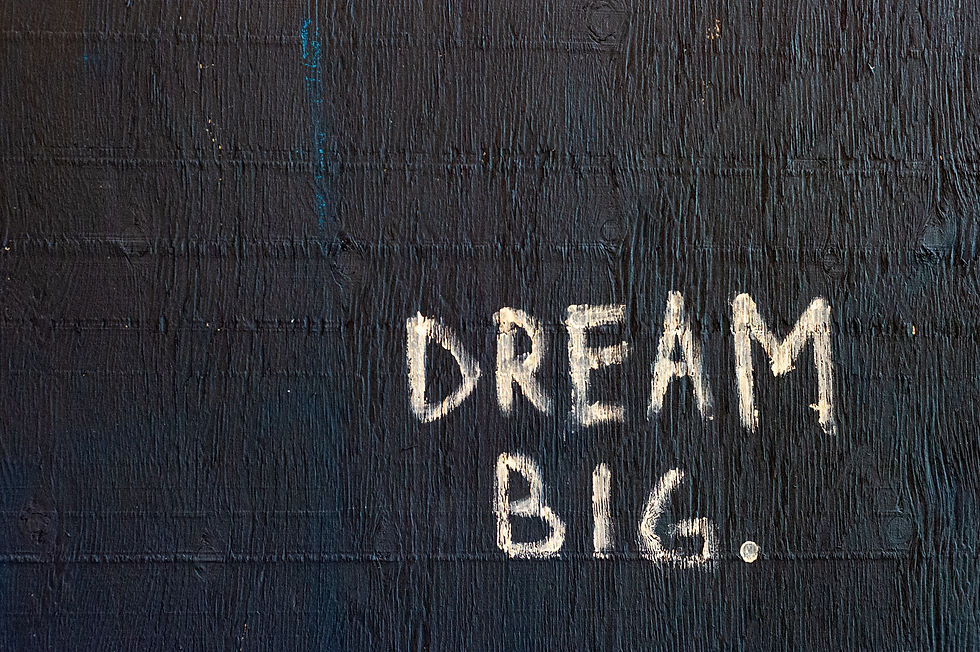Every author dreams of this.
- Sally Collings
- Jan 24, 2022
- 3 min read
Updated: Jan 26, 2022

My last couple of posts (here and here) have been about choosing between traditional publishing and self-publishing. But what if you didn’t have to choose? What if you could … have it all?
It’s possible. Increasingly, traditional publishers are acquiring high-performing books that were first self-published. For these deals to happen, the publisher must have confidence that they can break the book out into a wider market than the author was able to reach through their own channels: their website, speaking engagements, social media, or business activities.
Let’s look at a very shiny example of this.
Therapist and creator of the TikTok account @domesticblisters KC Davis has more than 1.3 million followers and 28 million likes on TikTok. In 2020, Davis self-published her book How to Keep House While Drowning. In this slim volume (66 pages all up), she offers “a radically gentle cleaning and organizing system that breaks the stress-mess cycle.” The book is aimed at those “coping with anxiety, depression, ADHD, overwork, or other functional barriers.” One Goodreads reviewer described it as “short, sweet, and validating as f***.” It went gangbusters, with over 40,000 copies sold.
Fast forward to January 2022 and KC Davis does a deal with Simon & Schuster to release an expanded edition (160 pages) of the original mini-guide.
Not only does Davis sign a deal, it’s a MAJOR deal. That’s industry talk for snaring an advance of $500,000-plus.
You don’t see many of those, and when you do it’s more often in fiction than non-fiction, according to industry newsletter Publisher’s Lunch reporting on deals made in 2021. Among six-figure deals, YA attracts the most money—and there was real growth in that category in 2021, with 37 percent more deals of scale. Six-figure reports for women's fiction/romance nearly doubled, while six-figure deals for sci-fi/fantasy rose by more than 50 percent. Meanwhile, the changes were less dramatic in nonfiction, with a 12.7 percent overall rise. In order of size, deals for memoir, general nonfiction, cooking, religion/spirituality, and advice/relationships all rose—while history/politics/current affairs, business/investing/finance, narrative, science, and health all declined.
So if KC Davis is living the dream, how can you do the same?
1. Look at the numbers. KC Davis had more than a million followers on TikTok. If you’re not on Tiktok, that’s totally fine. Neither am I, but I know that it’s not just about choreographed dances. There is a huge groundswell there of parenting advocates and advisers, so it is an excellent channel for Davis. Publishers who are looking at successful self-published books want to have solid proof that the author has a following. And you can’t argue with a million followers. Which is not to say that a big social media following necessarily translates into book sales, as this New York Times article points out. But Davis had the following AND the book sales.
2. Understand the process. If you make the switch to a traditional publisher, you will have to pull the self-published edition of your book from the market. You’ll also give up a portion of the rights to your book, and you will likely lose control over artwork and other design elements. Make sure you are informed about all the implications. You may be wise to consult with a publishing attorney, or work with a literary agent who will look after your interests.
3. Know that it’s a long road. KC Davis didn’t start with a successful self-publishing book. She was able to succeed with her book because she already had an audience. Build your audience first—the people who love what you do, and are enthusiastic enough to part with cold hard cash to read your ideas and stories.
Photo by Randy Tarampi on Unsplash
If you need writing or editing assistance for your non-fiction book proposal, or if you’re interested in my other services, please check out the “Services” tab on my website.
Coming in 2022: my new online course on writing book proposals! In the meantime, check out my course (with co-presenter Lari Bishop) How to Write a Successful Nonfiction Book:




Comments